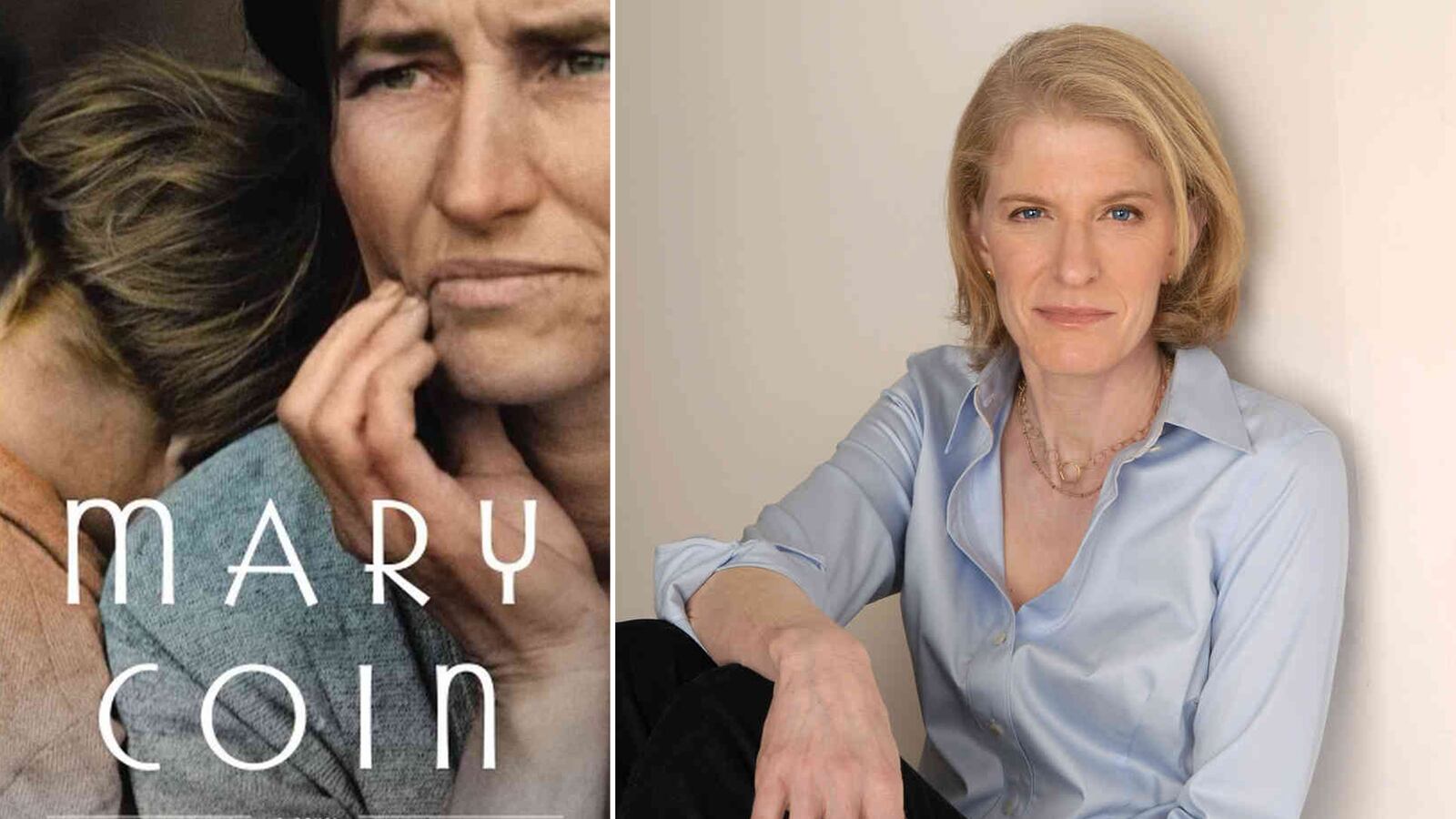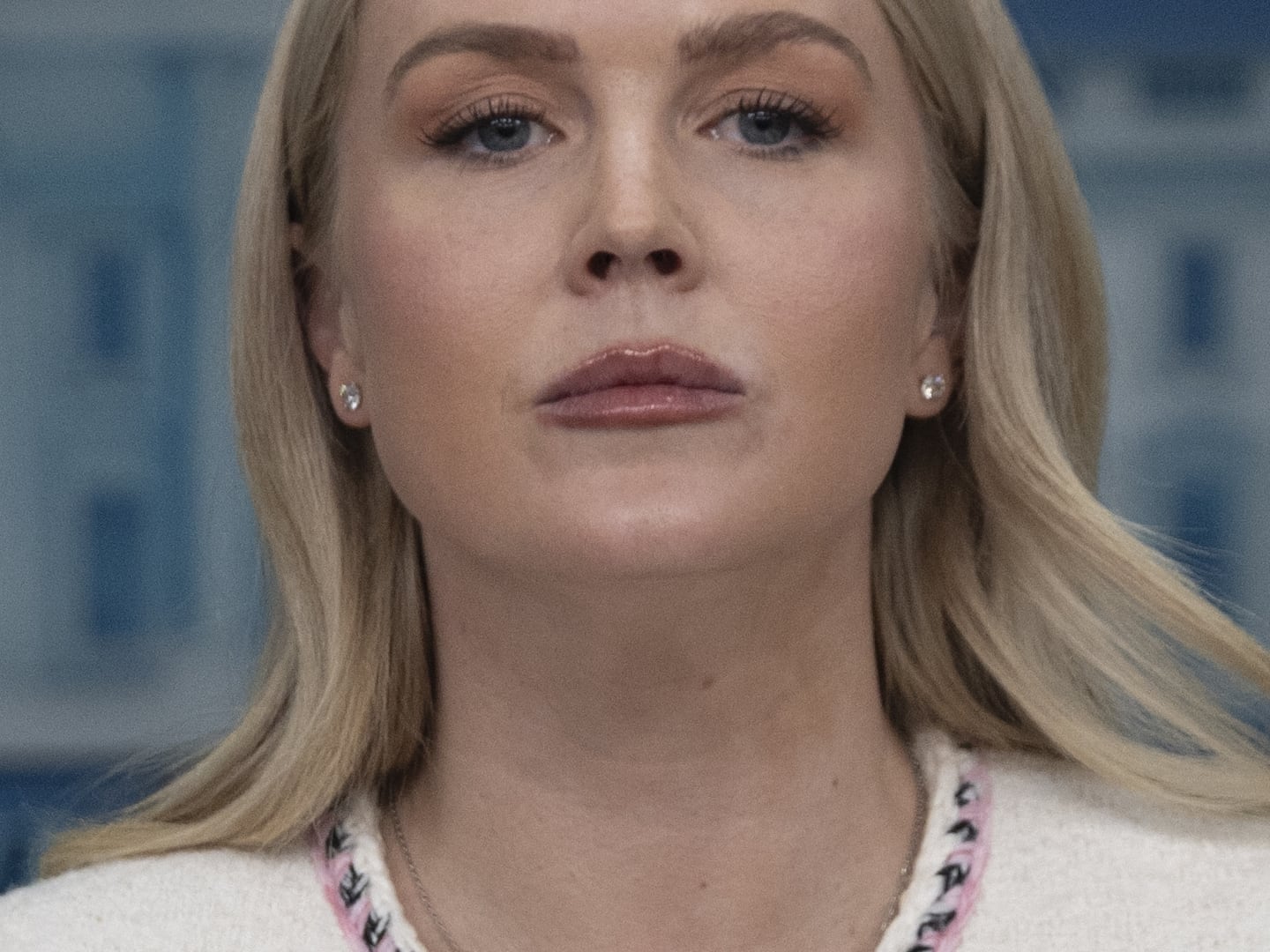Marisa Silver’s wickedly insightful stories and novels (Babe in Paradise, The God of War, Alone with You) have been drawing attention since she was featured in The New Yorker’s “Debut Fiction” issue in 2001.

In Mary Coin, her third novel and her most transfixing work to date, Silver weaves together the stories of the photographer Vera Dash (based on Dorothea Lange), the “Migrant Mother” (dubbed Mary Coin) whose portrait by Lange came to represent the Great Depression, and Walker Dodge, a contemporary cultural historian. In a feat of storytelling, she renders these lives with idiosyncratic authenticity while evoking broader philosophical considerations—“how history is made, how it is preserved, and what happens to the vanished moment when we interpret it,” as Silver put it to me. Our conversation wandered from Silver’s first job, at 20, with documentary filmmaker Richard Leacock, which led her to see for the first time the fraught relationship between subject and image maker, to her creative friendship with Rachel Kushner (the two shared an ongoing dialogue while working on Mary Coin and The Flamethrowers; their novels are coming out within a month of each other).
What drew you to write about a photographer like Dorothea Lange and her most famous subject?
A few years ago, I went to an exhibit focusing on photography of the West at The Museum of Modern Art in New York City. Lange’s famous photo was part of the exhibition. I had seen the image many, many times and was always drawn to the woman’s face, which seems to me such a mixture of strength and resignation, as well as to the curious composition of the photograph—the way the children face away from the camera. But what struck me seeing the photo this time was not the image itself but what was written on the curatorial label next to the image. The description noted that the woman in the photograph did not reveal who she was until she was sick and dying, when she appealed for help from the public in order to pay for her medical care. This fact struck me powerfully. Here was a woman who was the subject of, arguably, one of the most famous images of the 20th century and who, for the better part of her life, did not lay claim to this legacy. I was immediately filled with questions. Did she choose her anonymity or was it chosen for her? Was there something about the taking of the photograph, and its subsequent ubiquity that troubled her? And what must it have meant to her, nearing the end of her life and in a time of physical duress, to have made the decision to finally reveal herself?
What research did you do for the character Vera Dare, who, like Dorothea Lange, had polio as a child, worked in San Francisco as a society photographer, married an artist, and left her own children to travel for the WPA, photographing migrant workers?
There is a lot of information about Dorothea Lange’s life in biographies, scholarly articles, and interviews. There are also some wonderful filmed interviews that I watched that really enriched my sense of her. I found much about her life both fascinating and resonant—her childhood illness, how she parented, her decision to stop photographing society women and focus on the world around her—and I used many of these details to form a kind of framework for the life of Vera Dare. But once I began to imagine Vera’s interiority—her feelings and her thoughts—she became a pure invention for me.
The photograph taken by Dorothea Lange, “Migrant Mother,” was rooted in time and place. Then the photo began its journey. It became an inadvertent icon and made its way down through the generations in all sorts of forms—as an exhibit in museums, as a document in textbooks, even as a U.S. postage stamp. The life of the original object was interpreted and reinterpreted, and, as a piece of history, it adopted meanings and values that were different from those in play at the moment of its making. I based the characters of Mary Coin and Vera Dare on Dorothea Lange and Florence Owens Thompson, actual people in history. But I was less interested in trying to document the real and verifiable facts of those women’s lives than I was in exploring the nature of interpretation.
How did you go about researching the “Migrant Mother” character, Mary Coin?
As much as is known about Dorothea Lange is as little that is known about Florence Owens Thompson. There are numerous accounts to be found about the taking of the famous photograph, and all of these accounts essentially have the same handful of details to share about the life of this woman. She was born in eastern Oklahoma. She lived on a subsistence farm. She was either half or full-blooded Cherokee. She had six or seven children. I used these and a few other facts to imagine the life of Mary Coin. I spent time in Central California and I went to Nipomo, where the photograph was taken, but could really only get a sense of the land in its present state from these trips. I used a lot of archival photographs, oral and written histories and memoirs about life in Oklahoma in the early 1900s and California in the twenties and during the Depression.
I learned a lot of information about how the government interacted with the WPA photographers, and while this information is not highlighted in the novel, it informs certain key story points. For instance, Vera Dare never learned Mary Coin’s name when she took the photograph because the WPA photographers did not take down the names of their subjects. They did not want to put the migrant workers in danger of losing work or being considered troublemakers by the farm owners and so they protected them with anonymity.
And Walker Dodge, the contemporary cultural historian who finds an unexpected connection to Mary Coin? Is this character wholly fictionalized?
I knew I wanted to have a contemporary figure to round out the trio of main characters in the book because the book is about history and retrospection. I needed a character who was, in effect, looking backward in time. I wasn’t sure how this character would be related to the other two, and I only discovered that through the writing.
I was taken with your nuanced descriptions of Dare finding her vision as a young girl, shifting from studio work to outdoors in New Mexico, and finding her material in the streets of San Francisco teeming with desperate menlooking for work.
I was quite interested in the idea of how someone stakes a claim for herself as any kind of artist. I think it’s not an easy thing to do because it requires that you embrace a notion of yourself as having a singular point of view that is worth exploring and worth exposing to others. So there is a kind of inherent arrogance to it, as well as an acceptance of the value of difference, which is something we give great lip service to in our society but sometimes do everything we can to squash. Vera’s attempts to embrace herself as an artist are stymied by the fact that she has allowed others to draw boundaries around her—her society patrons, her husband, her mother. But most importantly, she has drawn boundaries around herself in her effort to erase her obvious physical differences—the limp imposed on her by her childhood illness. So the moment of her stepping out of bounds is kind of a birth for her, a declaration.






